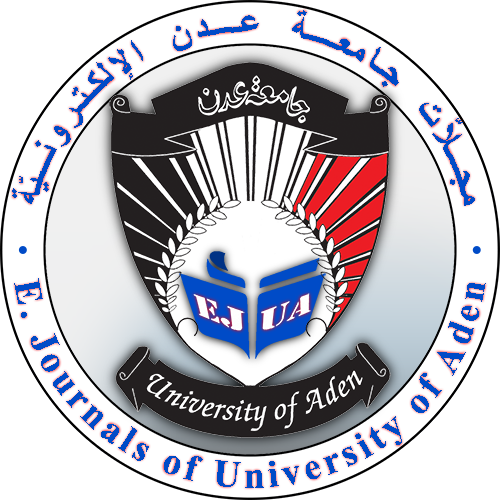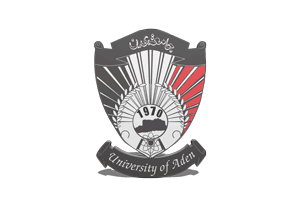THE ECONOMIC CONDITIONS OF THE ISLAMIC MAGHREB AND ITS NATURAL RESOURCES IN AL-RAWD AL-MI’TAR BY AL-HIMYARI (D. 900 AH/1495 AD) – A HISTORICAL STUDY
DOI:
https://doi.org/10.47372/ejua-hs.2024.3.387Keywords:
Islamic Maghreb, Al-Himyari, Al-Rawd Al-Mi'tar, Natural resources, Economic conditionsAbstract
This study deals with the natural resources and economic conditions in the Islamic Maghreb countries through the book Al-Rawd Al-Mi'tar by Al-Himyari (d. 900 AH/1495 AD), which shows the availability of water sources necessary for agriculture, the fertility of its coastal and inland lands, and the diversity of its crops, the most important of which are wheat, barley, legumes, olives, palm trees, apples, grapes, quince, and almonds. The Maghreb countries were famous for their rich livestock, bees for the purpose of producing honey, fish and coral, in addition to natural minerals, such as gold, copper, iron, and salt. Cotton, linen, wool, and silk textile industries spread in most cities of the Maghreb countries. Due to their rich livestock, leather industries flourished. In the ports located on its coasts, many shipbuilding houses were established, due to the availability of wood, tar and iron needed to manufacture them. The food industries depended on agricultural and animal products, and Al-Rawd Al-Mi'tar also addressed some therapeutic industries, using wild medicinal herbs. Finally, internal and external trade in the Maghreb countries played a major role in the prosperity of its economic conditions, and all of this was positively reflected in people's living conditions.
Downloads
Downloads
Published
How to Cite
Issue
Section
License

This work is licensed under a Creative Commons Attribution-NonCommercial 4.0 International License.








